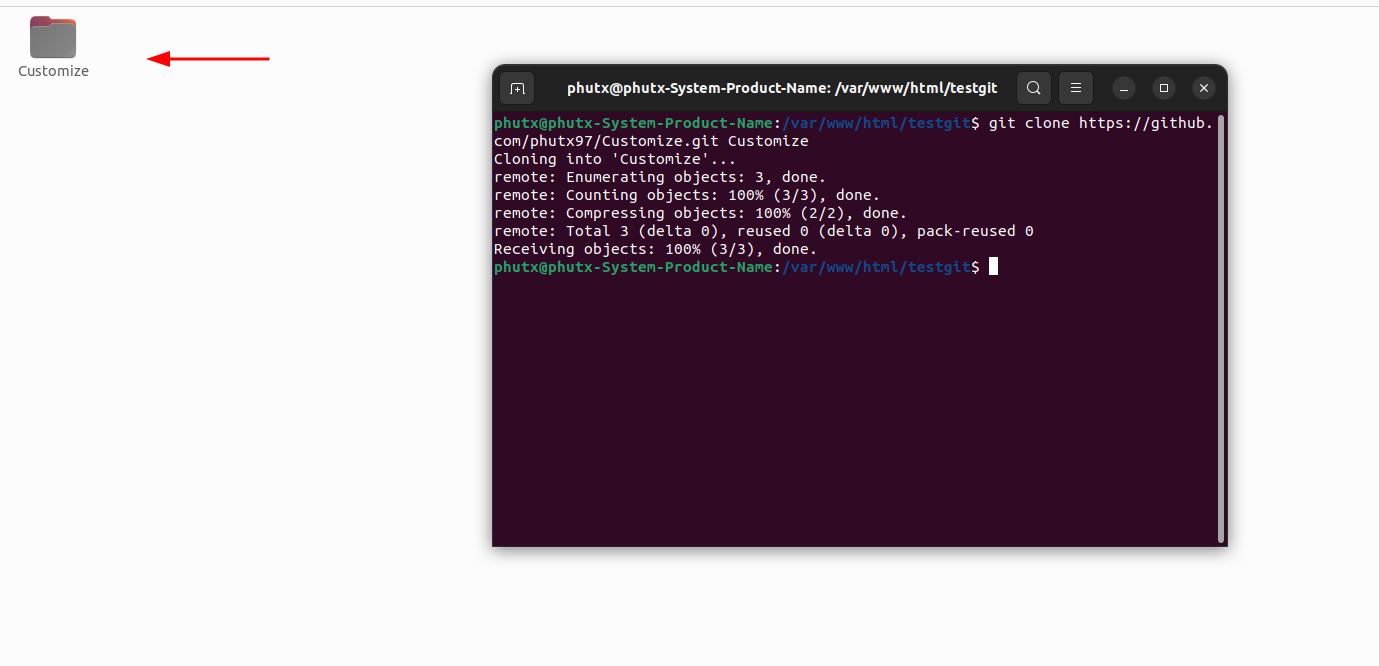How to organize a Magento 2 repository on GitHub

Organizing a Magento 2 repository on GitHub is essential for maintaining a clear and efficient development workflow. With the complexity of Magento 2 projects, a well-structured repository ensures that codebase management, collaboration among team members, and version control are streamlined. In this blog, we will explore best practices and strategies to effectively organize your Magento 2 repository on GitHub, optimizing productivity and facilitating project management.
What is GitHub?
GitHub is a web-based platform designed for hosting and managing software development projects. It serves as a collaborative platform utilizing the Git version control system, allowing developers to work together on codebases, track changes, manage revisions, and coordinate project workflows efficiently.

GitHub offers a wide range of features, including repository hosting, issue tracking, code review tools, project management functionalities, and collaboration tools like wikis and team discussions. It has become a central hub for open-source development, enabling developers worldwide to contribute to projects, share code, and collaborate with others in the software development community.
How to organize a Magento 2 repository on GitHub
In this blog, we’ll guide you through creating a Git repository and managing branches, along with handling Git without requiring a username and password. Additionally, they provide a comprehensive list of various Git commands.
Step 1: Creating a Repository
You can create a repository using platforms like Bitbucket or GitHub.
https://bitbucket.org/

Step 2: Adding a .gitignore File
Create a .gitignore file and add the specified code to it to exclude certain files from version control.

etc/*
.htaccess
autoload.php
bootstrap.php
Functions.php

Step 3: Navigating to Your Directory
Move to the directory where your repository is located using the ‘cd’ command.
cd /path/to/your/repo
Step 4: Connecting Your Folder to the Repository
Link your existing folder to the Git repository using commands like ‘git remote add origin’ and ‘git push/pull origin master’. Alternatively, you can clone the repository using HTTPS or SSH. Managing Git without a Username and Password
git remote add origin [email protected]:sample/app.git
git push/pull origin master
Or Clone git repository
Using https:


git clone https://[email protected]/sample/app.git => git clone [https_url] [folder_name]
Using SSH:
git clone [email protected]:sample/app.git => git clone [ssh_url] [folder_name]
Specific Branch:
git clone [email protected]:sample/app.git -b branch_nam => git clone -b [brand_name] [url] [folder_name]
Generate SSH keys locally and add them to your Git hosting provider, such as Bitbucket. This allows you to interact with the repository without entering your credentials each time. Create SSH file in local/server
ssh-keygen
ls ~/.ssh
eval `ssh-agent`
ssh-add ~/.ssh/id_rsa
cat ~/.ssh/id_rsa.pub
ssh -T
Add your SSH public key to bitbucket.

Step 5: Configuring Git
Set your Git username and email globally using ‘git config’ commands.
git config --global user.name "[name]"
git config --global user.email "[email address]"
Step 6: Branch Management
Manage branches using commands like ‘git branch’, ‘git checkout’, and ‘git merge’.
git branch
git branch checkout -b branch_name
git branch checkout branch_name
git branch -d branch_name
Step 7: Updating Changes on Staging Branch
Use commands like ‘git status’, ‘git add’, ‘git commit’, and ‘git push’ to update changes on the staging branch.
git status
git add .
git add --all
git add /file/path
git add /file/path /file/path
git commit -m "Type in the commit message."
git push origin staging_branch_name
Step 8: Fetching Updates on Master Branch
Pull updates from the master branch using ‘git pull’.
git pull origin master_branch_name
FAQs
1. Why is organizing a Magento 2 repository on GitHub important?
Organizing your repository on GitHub is crucial for maintaining a structured and efficient development process. It helps in better code management, collaboration among team members, version control, and overall project organization. A well-organized repository ensures clarity, consistency, and ease of navigation, making it easier to maintain and scale your Magento 2 project over time.
2. What are some best practices for organizing a Magento 2 repository on GitHub?
Some best practices include creating a clear folder structure, naming conventions for files and directories, utilizing branches for feature development and bug fixes, setting up proper documentation, leveraging Gitignore files to exclude unnecessary files from version control, and establishing a workflow for code review and deployment. Following these practices ensures a streamlined development process and enhances productivity.
3. How can I structure my Magento 2 repository on GitHub effectively?
You can structure your repository by organizing files and directories logically based on modules, themes, libraries, and other components of your Magento 2 project. Utilize folders for separating frontend and backend code, modules, configurations, tests, and third-party dependencies. Additionally, maintain consistency in naming conventions and documentation to facilitate easy navigation and understanding for developers.
4. What tools and resources can help in organizing a Magento 2 repository on GitHub?
There are several tools and resources available to assist in organizing your Magento 2 repository on GitHub. You can use Git commands and workflows for version control, GitHub’s repository settings and features for project management, Gitignore.io for generating Gitignore files, and various IDEs and text editors with Git integration for coding and collaboration. Additionally, exploring documentation and community forums for Magento 2 and GitHub can provide valuable insights and tips for effective repository organization.
Conclusion
In conclusion, organizing a Magento 2 repository on GitHub is crucial for ensuring the success of your development projects. By incorporating the techniques outlined in this manual, you have the opportunity to generate a well-structured repository that promotes collaboration, enhances version control, and simplifies codebase management. Whether you are working on small enhancements or large-scale projects, a well-organized repository sets the foundation for efficient development practices and contributes to the overall success of your Magento 2 endeavors.





![Top 20+ Must-have Shopify Apps for 2025 [Free & Paid] - Mageplaza](https://cdn2.mageplaza.com/media/blog/must-have-shopify-apps/top-must-have-shopify-apps.png)
![[2025 Updates] Top 10+ Upsell Apps for Shopify - Mageplaza](https://cdn2.mageplaza.com/media/blog/best-upsell-shopify-app/cover.png)